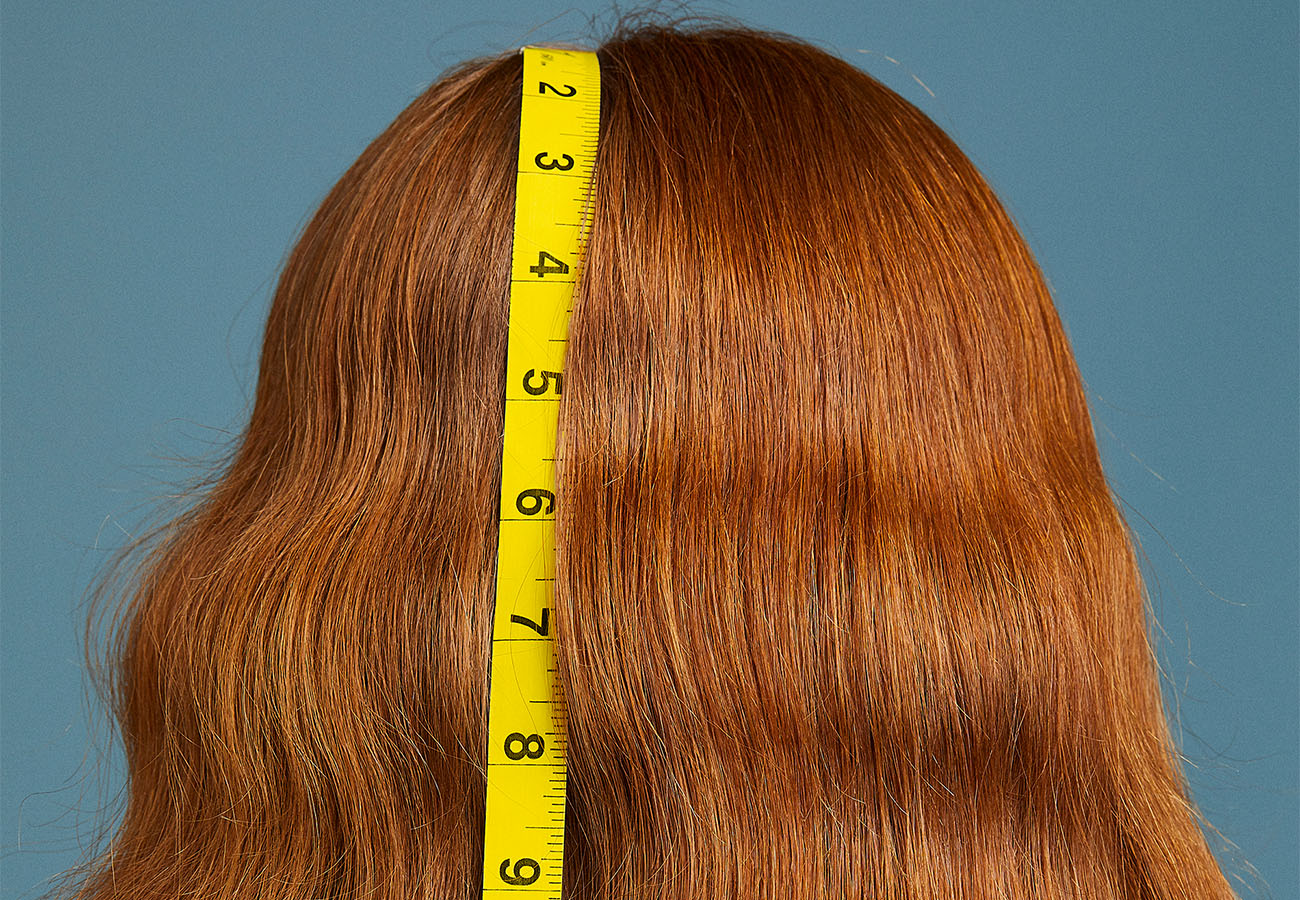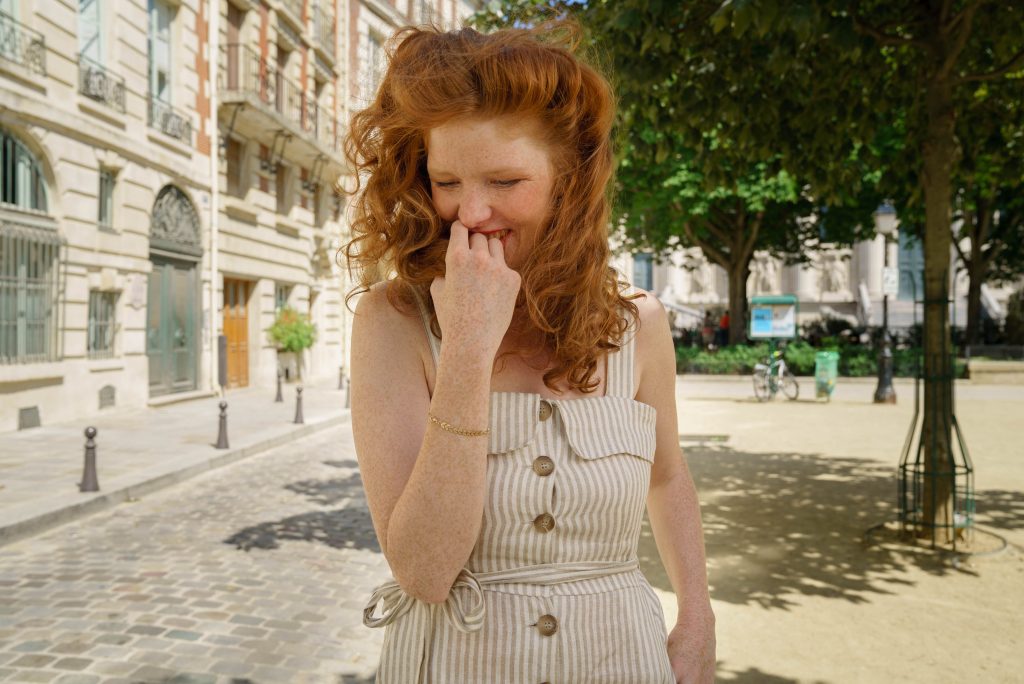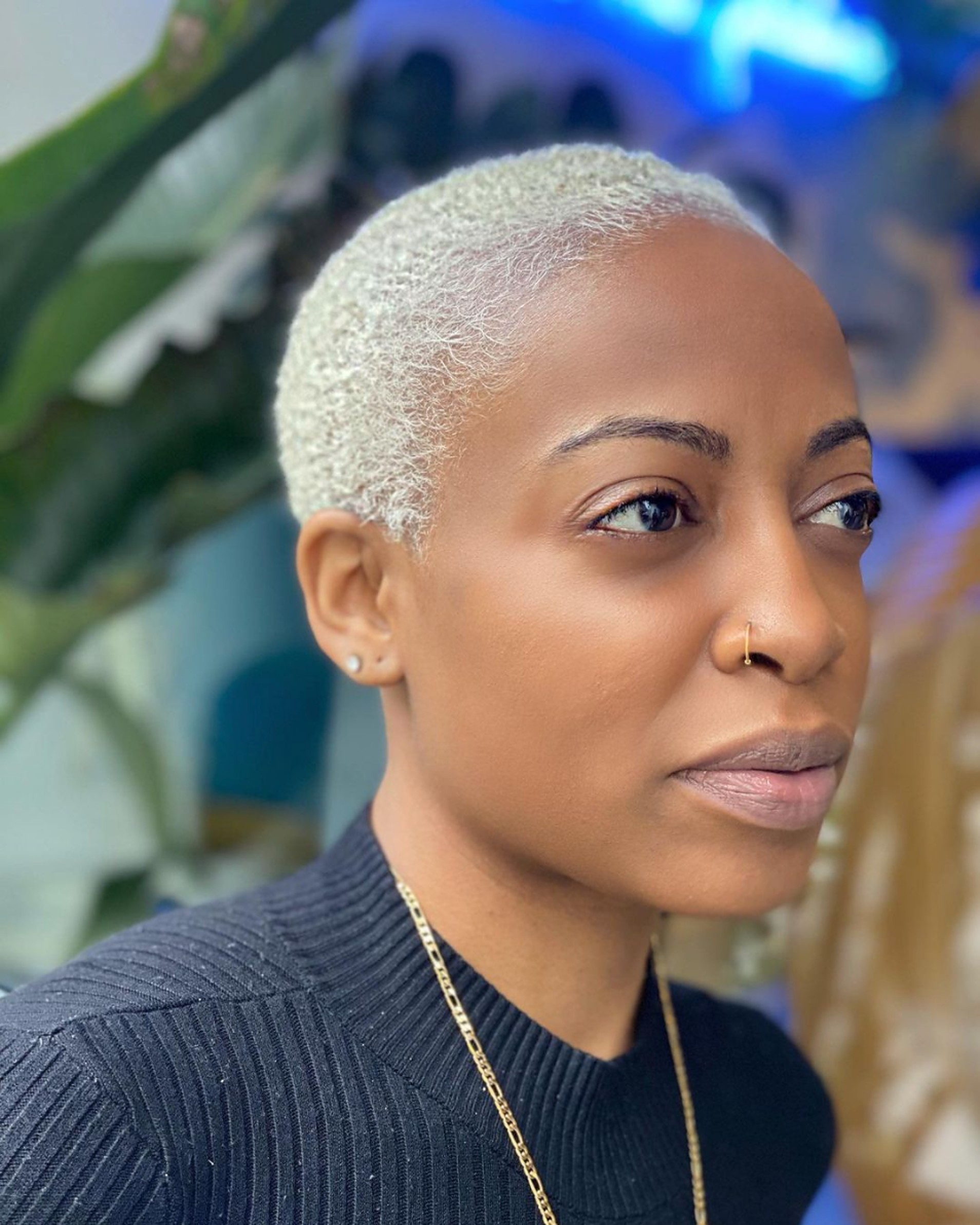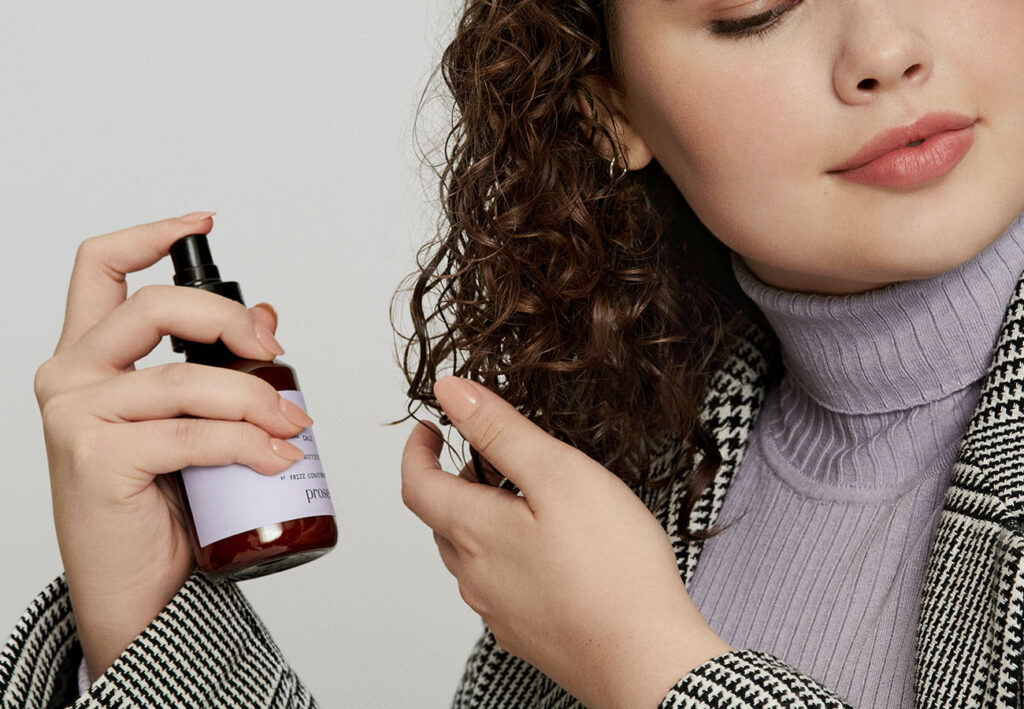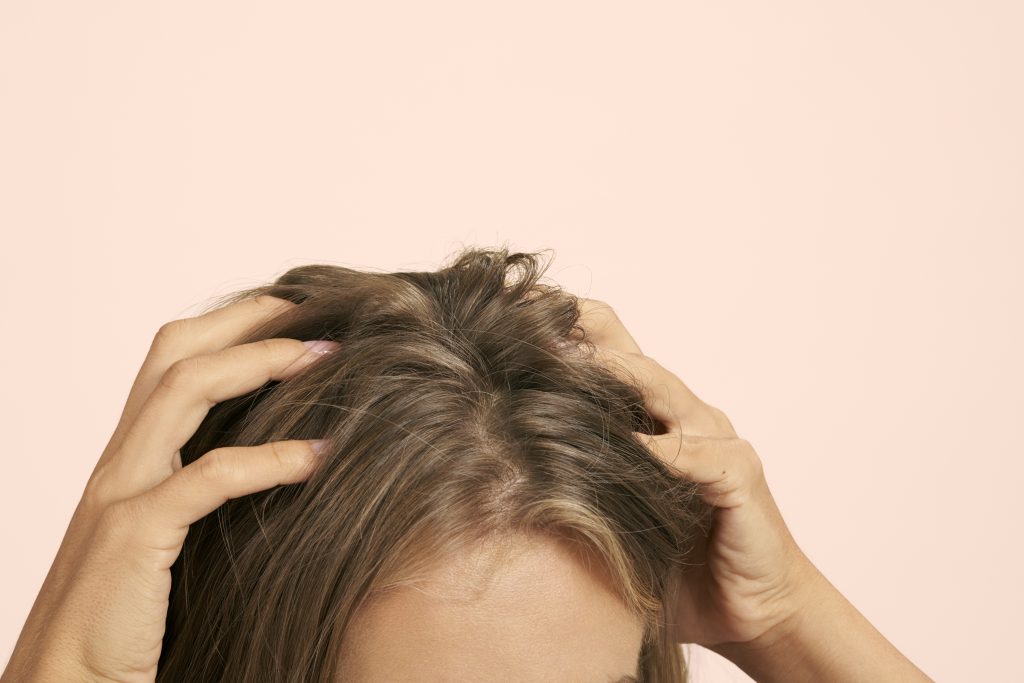Don’t Panic
COVID-related hair loss can affect people in different ways. Some people notice their hair is more prone to breakage following their illness, while others may discover excess shedding. The most important thing is not to panic. In the vast majority of cases, COVID-related hair loss is temporary. The trick is knowing what amount of hair loss is normal and when and how to approach the problem.
Style It Out
Because COVID-related hair loss is often temporary, trying out a new hairstyle can help you learn to love your hair as-is until it grows back. From top knots to loose ponytails, there are many styles you can try.
Go For a New Cut
Most cases of hair loss after COVID resolve themselves in 6-9 months. In the meantime, a new haircut can work wonders when trying to distract from or hide thinning hair. A chunky layered style can add texture and create the illusion of texture and thickness. Your hairdresser can provide tailored advice based on your particular hair loss problem and recommend the perfect style.
Manage Your Stress Levels
While not all forms of hair loss are preventable, getting your stress levels under control can help. Some effective ways to prevent and manage stress include regular exercise, adequate sleep, and cognitive behavioral therapy. If you’re currently recovering from COVID, make sure to allow for plenty of rest periods and try not to push your body too hard with exercise. Stretching, yoga, and low-intensity workouts (with anti-breakage workout hairstyles in place) are great ways to reduce your stress levels without overexerting yourself.
Wash Your Hair With Care
How you wash your hair affects hair loss as well. Avoid aggressively brushing wet hair after you wash it or take a shower. Your hair is at its most fragile when it’s wet. Use warm rather than hot water and always use a conditioner after shampooing to help gently detangle hair.
Avoid Heated Tools
Straighteners, blow dryers, and curling irons are best avoided when you’re experiencing hair loss after COVID. These tools, while great for creating a myriad of fabulous styles, can be tough on hair that’s already brittle and prone to breakage. For special occasions where you absolutely must style your hair using heated tools, follow tips for minimizing heat damage, including applying a good-quality heat protection serum or spray.
Protect Hair While You Sleep
If you move around in bed while you sleep, you could be putting unnecessary stress on your hair. Wrapping your hair in a headscarf can help protect your locks throughout the night and prevent pulling at the follicles. It’ll also be easier to brush the next morning. Applying a light leave-in conditioner before bed can help give your hair extra nourishment as you slumber.
If you’re still not seeing improvement in the health of your scalp and hair 6-9 months after having COVID, we recommend talking to your doctor to discuss next steps.

